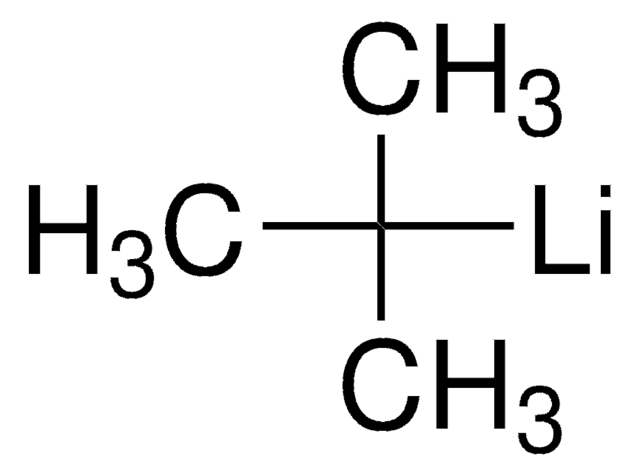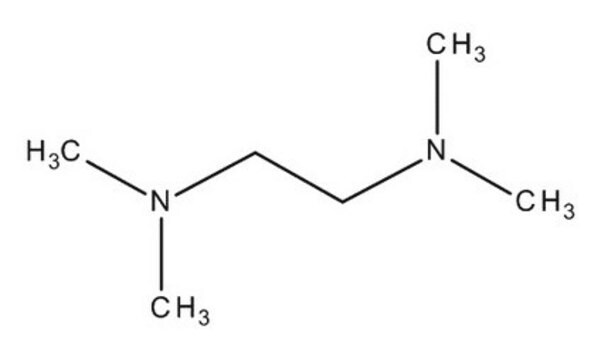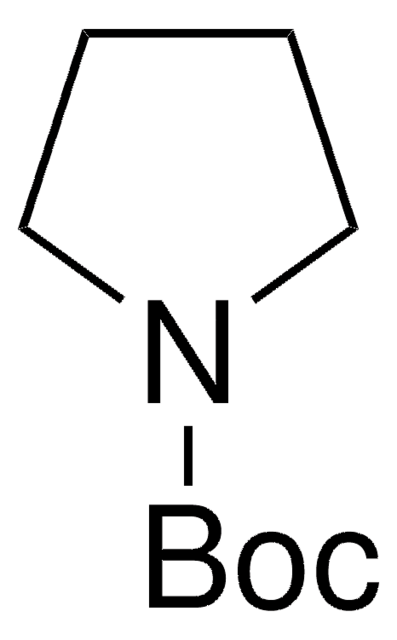195596
sec-Butyllithium solution
1.4 M in cyclohexane
Synonyme(s) :
Lithium-2-butanide, s-BuLi
About This Item
Produits recommandés
Forme
liquid
Niveau de qualité
Concentration
1.4 M in cyclohexane
Densité
0.769 g/mL at 25 °C
Température de stockage
2-8°C
Chaîne SMILES
[Li]C(C)CC
InChI
1S/C4H9.Li/c1-3-4-2;/h3H,4H2,1-2H3;
Clé InChI
VATDYQWILMGLEW-UHFFFAOYSA-N
Vous recherchez des produits similaires ? Visite Guide de comparaison des produits
Application
Conditionnement
Informations légales
Mention d'avertissement
Danger
Mentions de danger
Classification des risques
Aquatic Acute 1 - Aquatic Chronic 1 - Asp. Tox. 1 - Eye Dam. 1 - Flam. Liq. 2 - Pyr. Liq. 1 - Skin Corr. 1B - STOT SE 3 - Water-react 1
Organes cibles
Central nervous system
Code de la classe de stockage
4.2 - Pyrophoric and self-heating hazardous materials
Classe de danger pour l'eau (WGK)
WGK 2
Point d'éclair (°F)
1.4 °F - closed cup
Point d'éclair (°C)
-17 °C - closed cup
Équipement de protection individuelle
Faceshields, Gloves, Goggles, type ABEK (EN14387) respirator filter
Certificats d'analyse (COA)
Recherchez un Certificats d'analyse (COA) en saisissant le numéro de lot du produit. Les numéros de lot figurent sur l'étiquette du produit après les mots "Lot" ou "Batch".
Déjà en possession de ce produit ?
Retrouvez la documentation relative aux produits que vous avez récemment achetés dans la Bibliothèque de documents.
Les clients ont également consulté
Notre équipe de scientifiques dispose d'une expérience dans tous les secteurs de la recherche, notamment en sciences de la vie, science des matériaux, synthèse chimique, chromatographie, analyse et dans de nombreux autres domaines..
Contacter notre Service technique












